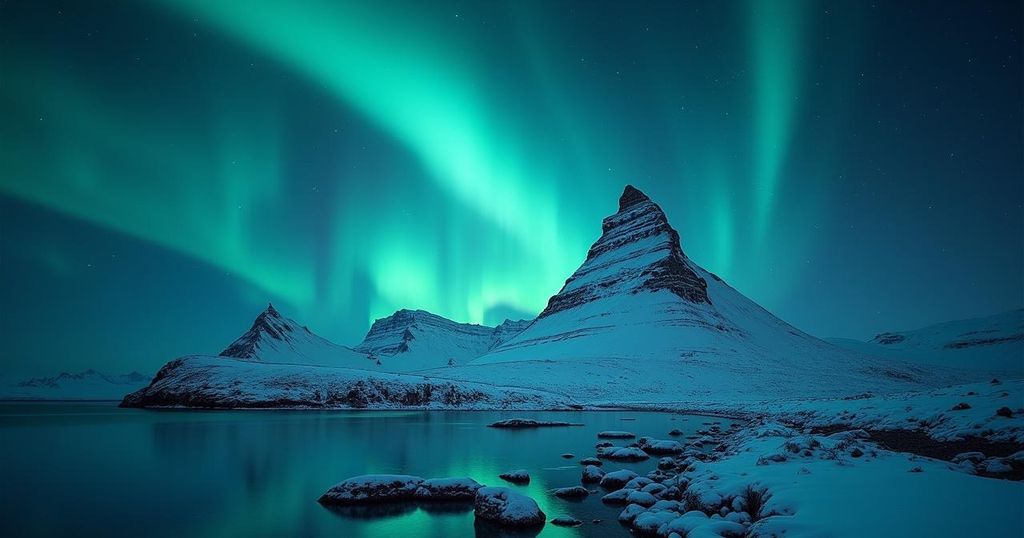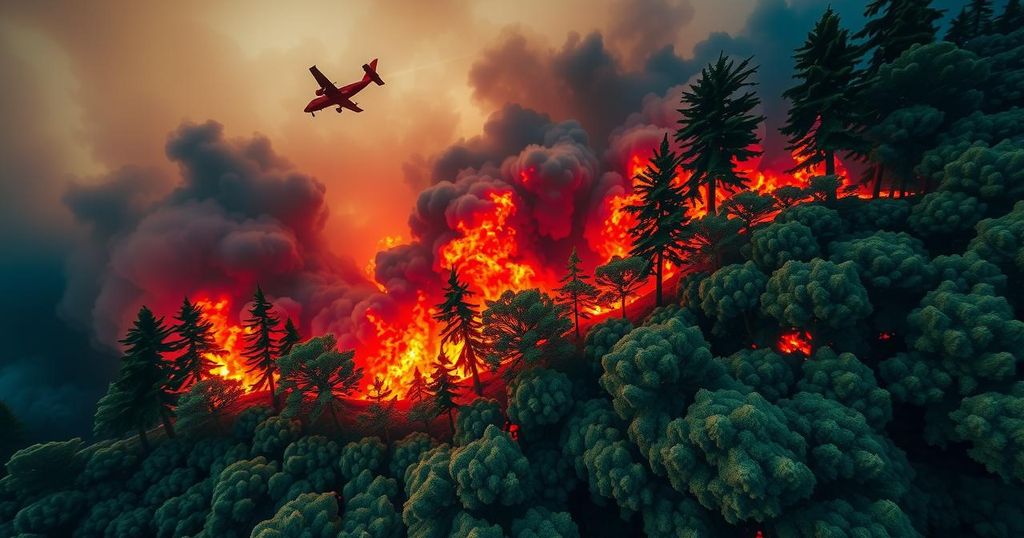Severe Solar Storm Expands Northern Lights Visibility to Uncommon Locations Worldwide
A severe solar storm on Thursday night brought remarkable views of the northern lights, expanding their visibility to locations such as New York, Washington D.C., and as far south as Texas. This geomagnetic storm, triggered by a coronal mass ejection from the sun, was the second intense solar event of the year, providing a captivating light show and indicating the peak of the 11-year solar cycle. Experts foresee more opportunities to witness such auroral displays in the coming years.
On Thursday night, a severe solar storm brought extraordinary views of the northern lights, or aurora borealis, dazzling observers with vibrant displays of purple, red, and green across various unexpected locations globally. Typically confined to regions closer to the poles, this phenomenon was notably visible as far south as New York City, Washington D.C., and even Texas. The auroras were also spotted in states such as Alabama and Mississippi, marking a significant expansion of their traditional viewing range. This geomagnetic storm, the second of its kind this year, follows a particularly intense solar event that occurred on May 10 and 11, which was classified as a ‘5 out of 5’ extreme storm, the most notable in decades, if not centuries. The effects of solar storms can be far-reaching, resulting in auroras visible in several regions, including Australia, North America, Central America, South America, southern Africa, and central Europe. The latest storm was initiated by a coronal mass ejection (CME), an explosion of solar particles and energy from the sun that disrupted Earth’s magnetic shield. The CME reached Earth at a staggering speed of nearly 1.5 million miles per hour. As solar particles interacted with Earth’s magnetic field, they entered the upper atmosphere, where they energized nitrogen and oxygen molecules, giving rise to the beautiful auroras. At lower latitudes, red auroras predominated because they form at higher altitudes and can be observed farther from the poles. The display first made its presence known in Europe on Thursday, with colorful skies reported in London and extending into southern France. While some enthusiasts worried that the celestial showcase would diminish before sunset in the United States, it remained strong throughout, much to the delight of sky watchers nationwide. Locations, including Washington D.C., which missed the aurora display in May, experienced the spectacle, and sightings were reported visually between approximately 7:10 and 7:25 PM, and for longer durations through camera lenses. Such intense geomagnetic storms are becoming increasingly prevalent due to the current peak of the 11-year solar cycle, presenting further opportunities for awe-inspiring aurora displays. Bob Leamon, a solar physicist at the University of Maryland Baltimore County and NASA, indicated, “The next three or four years, we should see some fine displays of aurora. It is like a whole generation of people discovering something for the first time.”
The occurrence of northern lights, a natural light display predominantly seen in polar regions, is linked to solar activity, specifically coronal mass ejections that disrupt Earth’s magnetic field. The 11-year solar cycle influences the frequency and intensity of these geomagnetic storms, making certain periods more conducive to auroral phenomena. The recent uptick in solar storms has allowed for sightings of the auroras at unusually low latitudes, which have historically been rare events for regions such as the southern United States. The visibility of auroras serves as a reminder of the dynamic interactions between the sun and Earth’s atmosphere, attracting increased attention and enthusiasm from both scientific and public communities.
The recent severe solar storm has provided an extraordinary experience for observers, allowing them to witness the northern lights in places previously thought to be unreachable. This event not only showcases the beauty of nature’s light displays but also highlights the ongoing peak of solar activity, suggesting that similar occurrences may continue over the next few years. As scientists like Bob Leamon suggest, this period may introduce a new generation to the spectacular experience of witnessing the northern lights, fostering greater interest in auroras and space weather phenomena.
Original Source: www.washingtonpost.com




Post Comment